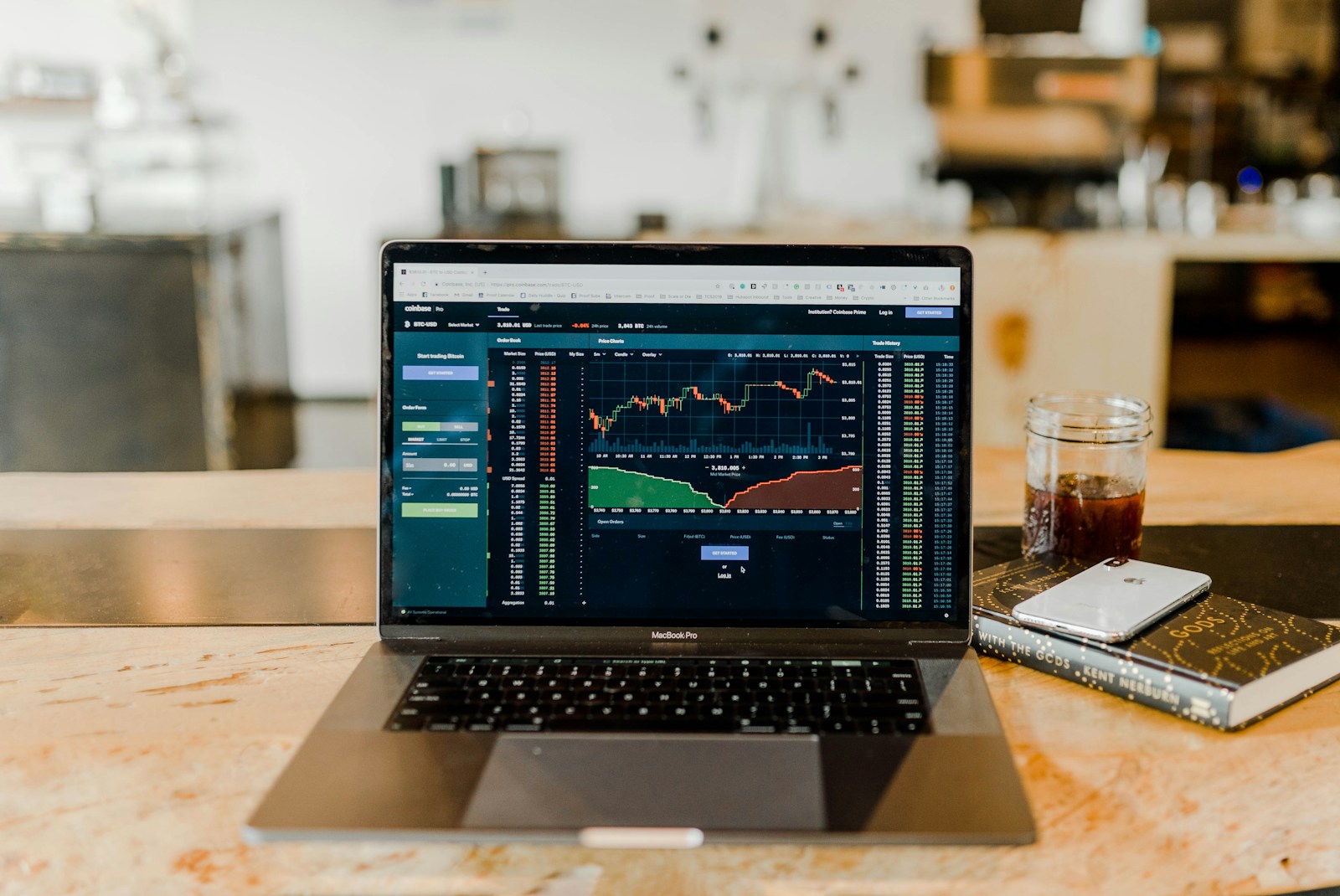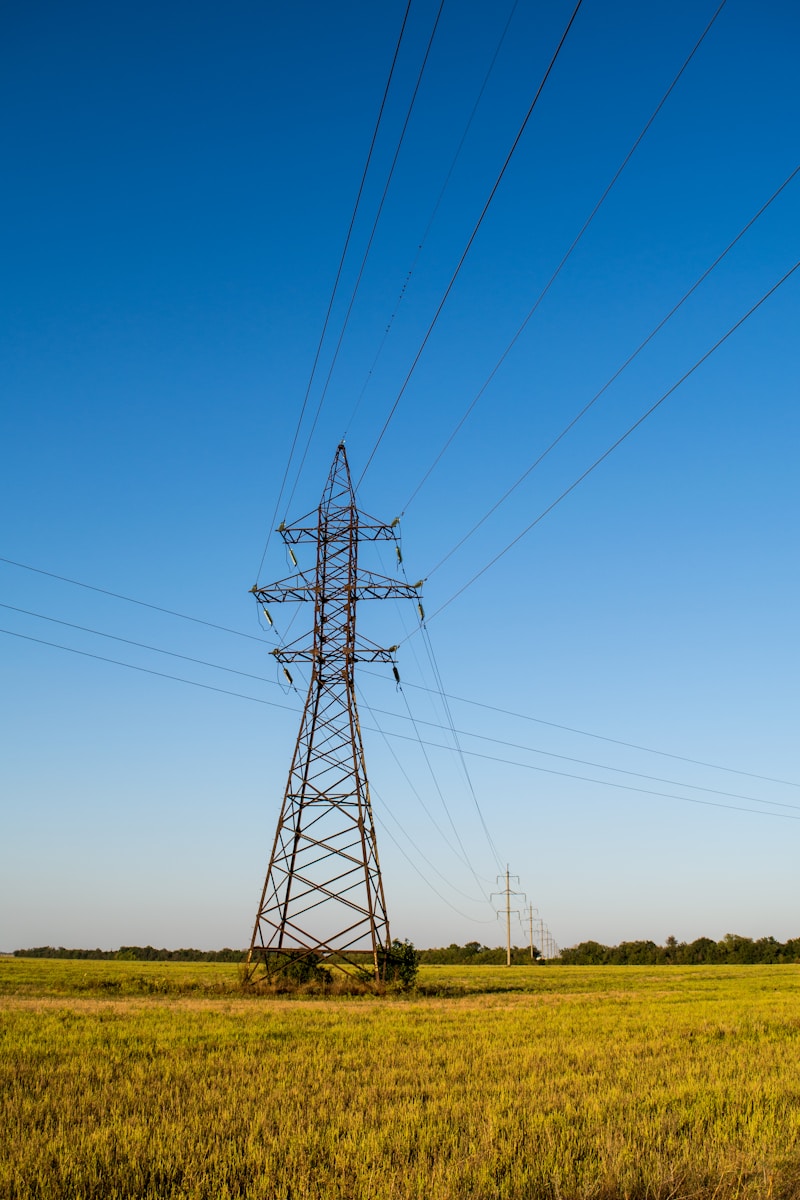The Future of Efficient Energy Management
The Role of Digital Twins in Energy Asset Management
Digital twins can provide valuable insights into the lifecycle management of energy assets, from installation to decommissioning. This advanced technology creates virtual replicas of physical assets, enabling real-time monitoring, simulation, and analysis. For business executives, mid-level managers, and entrepreneurs in the energy sector, understanding the potential of digital twins is crucial for optimizing asset performance and reducing operational costs.
In Saudi Arabia and the UAE, where large-scale energy projects are central to economic growth, the integration of digital twins into energy asset management can lead to significant improvements in efficiency and reliability. By providing a detailed digital representation of energy assets, digital twins allow for continuous monitoring of asset health, predictive maintenance, and proactive management. This can prevent costly downtimes and extend the lifespan of critical infrastructure.
Moreover, digital twins facilitate better decision-making throughout the asset lifecycle. From the initial installation phase, where accurate simulations can optimize placement and design, to the operation phase, where real-time data enhances performance monitoring, and finally to the decommissioning phase, where precise planning can ensure safe and efficient disposal or repurposing of assets. This comprehensive approach not only improves operational efficiency but also supports sustainability goals by reducing waste and optimizing resource use.
Implementing Digital Twins in the Energy Sector
Integrating digital twin technology into the energy sector involves several key steps. Firstly, it is essential to establish a robust data infrastructure. Digital twins rely on vast amounts of data collected from sensors and IoT devices embedded in energy assets. This data must be accurate, consistent, and secure to ensure the reliability of the digital twin. In regions like Riyadh and Dubai, where energy infrastructure is rapidly evolving, investment in advanced data analytics and AI capabilities is crucial for harnessing the full potential of digital twins.
Collaboration with technology providers and industry experts is another critical factor. Partnering with companies specializing in digital twin technology can provide valuable insights and technical support, ensuring a smooth integration process. Additionally, these collaborations can facilitate the development of customized solutions tailored to the specific needs of different energy projects. For example, in Saudi Arabia’s vast solar energy sector, digital twins can optimize the performance of solar panels by continuously monitoring their efficiency and identifying potential issues before they become critical.
Furthermore, government support and regulatory frameworks play a vital role in promoting the adoption of digital twin technology. In the UAE, initiatives like the Smart Dubai project highlight the government’s commitment to leveraging advanced technologies for sustainable development. By aligning digital twin projects with national strategies, energy companies can benefit from regulatory support, funding opportunities, and a conducive environment for innovation.
Challenges and Solutions in Digital Twin Integration
Despite the numerous benefits, integrating digital twin technology into energy asset management also presents several challenges. One of the primary challenges is the complexity of existing energy systems. Many energy assets are built on legacy systems that may not be compatible with digital twin technology. Upgrading these systems requires significant investment in both time and resources, as well as a comprehensive understanding of the existing infrastructure.
To address this challenge, a phased implementation approach can be effective. By gradually integrating digital twins into specific components of the energy system, companies can test and optimize the technology before scaling up. This approach allows for the identification and resolution of potential issues, minimizing risks and ensuring a smoother transition.
Another challenge is ensuring data security and privacy. Digital twins rely on continuous data collection and transmission, making them vulnerable to cyber threats. Implementing robust cybersecurity measures, including encryption, access controls, and regular audits, is essential to protect sensitive information and maintain the integrity of the digital twin.
Additionally, the successful integration of digital twins requires skilled personnel who can manage and maintain the technology. Investing in training programs and fostering a culture of continuous learning within the organization can help build the necessary expertise. Collaborating with academic institutions and research centers can also support the development of specialized training programs and promote innovation in digital twin applications.
Conclusion: Embracing the Future of Energy Asset Management
The integration of digital twin technology into energy asset management offers immense potential for improving efficiency, reliability, and sustainability. For business executives, mid-level managers, and entrepreneurs in the energy sector, leveraging digital twins can provide valuable insights into the lifecycle management of energy assets, from installation to decommissioning.
In regions like Saudi Arabia and the UAE, where energy management is a cornerstone of economic development, digital twins can revolutionize the way energy assets are managed. By adopting a phased implementation approach, collaborating with technology providers, investing in advanced analytics and cybersecurity measures, and securing government support, the challenges of integrating digital twins can be effectively addressed.
As the energy landscape continues to evolve, embracing digital twin technology will be essential for achieving long-term success and sustainability. By harnessing the power of digital twins, energy managers can enhance decision-making, improve operational efficiency, and contribute to the broader goals of economic growth and environmental stewardship.
—
#DigitalTwinTechnology #EnergyManagement #SaudiArabia #UAE #Riyadh #Dubai #ArtificialIntelligence #Blockchain #ModernTechnology #BusinessSuccess #LeadershipSkills #ProjectManagement









